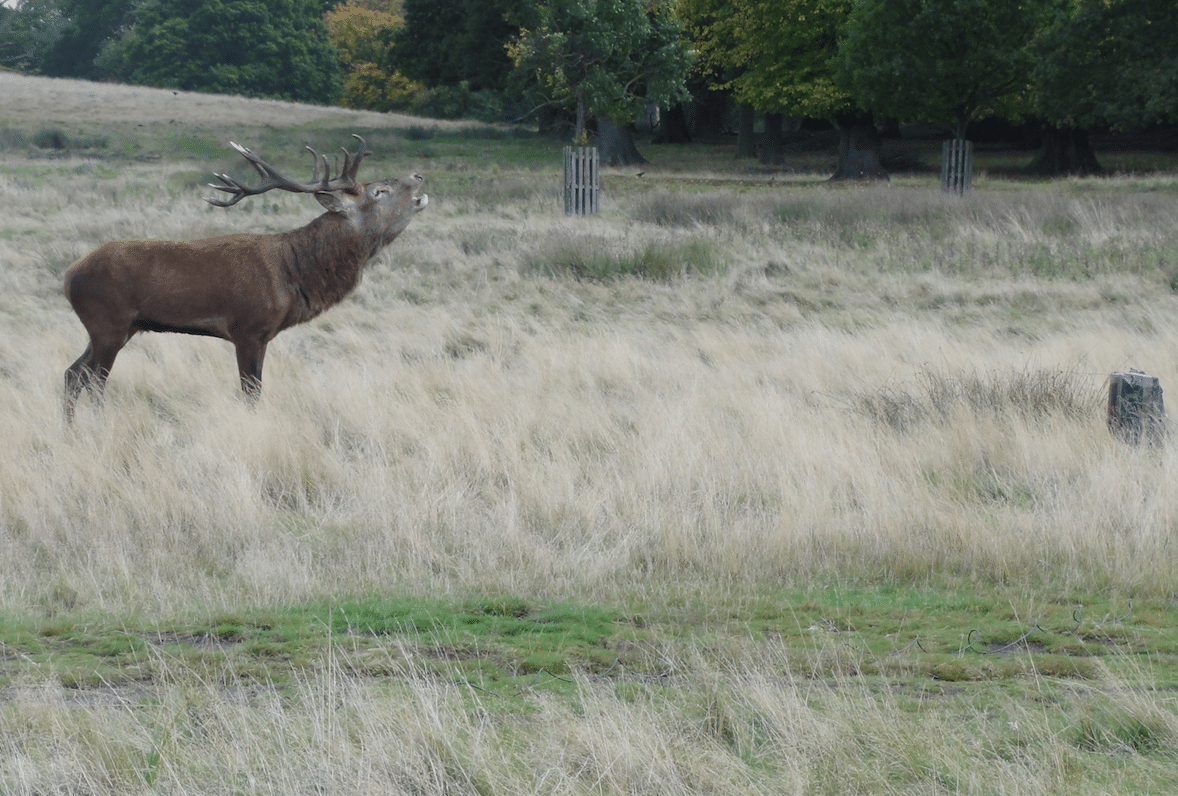
Maxime GARCIA
Former Fyssen 2016
Oxford Academic,
Animal vocal communication: function, structures, and production mechanisms
Maxime Garcia & Livio Favaro
Understanding the processes involved in how and why animals communicate has long been fascinating to scientists (Darwin 1871). This endeavor plays a key role in the pursuit of reaching a better comprehension both of the rules involved in organizing the animal societies around us (Freeberg et al. 2012) and of the evolutionary bases underlying our own vocal communication system: human language (Fitch 2010). Moreover, in recent years, the type and function of information conveyed by animal vocalizations have also attracted research interest in the field of ecology (see Sueur and Farina 2015). While these fields certainly still have room for developing new concepts and methods in order to improve our appreciation of animal vocal communication, to date, 3 main approaches have been applied which have greatly contributed to advance our knowledge on the question.
Read more
Maxime Garcia graduated with a Ph.D in bioacoustics from the University of Vienna, where he conducted research investigating the mechanisms and functions of vocal communication in mammals. He applied a complementary approach to the study of mammal vocalizations, combining ethological and biomechanical perspectives. Being awarded a post-doctoral grant from the Fyssen Foundation, he recently started his position with the Sensory neuroethology team at the University of St-Etienne (ENES/Neuro-PSI). Specifically, he focuses on identifying the phylogenetic constraints that apply on the acoustic structure of woodpeckers drumming display, while examining the coding/decoding strategies associated with this non-vocal acoustic signal. His broad interests lie in the understanding of the proximate mechanisms underlying animal vocal diversity both through the production and perception of vocal signals, as well as in the evolutionary pressures shaping animal vocal systems.
Selected publications:


